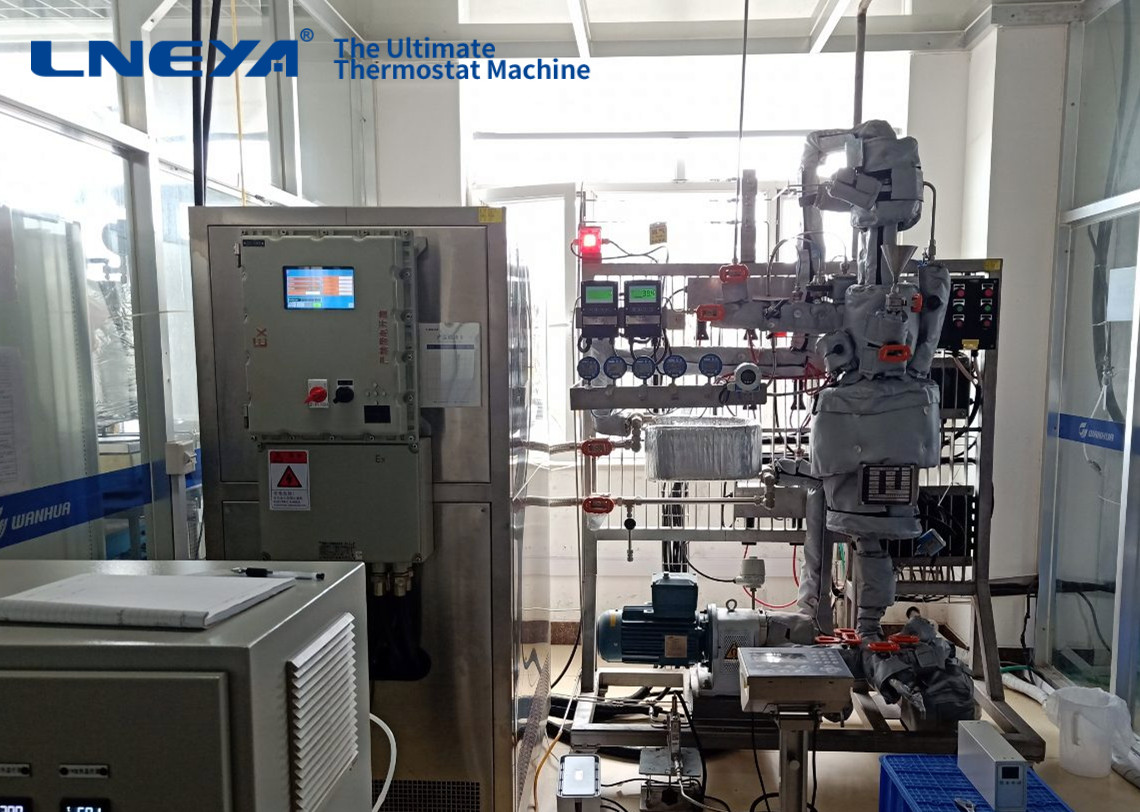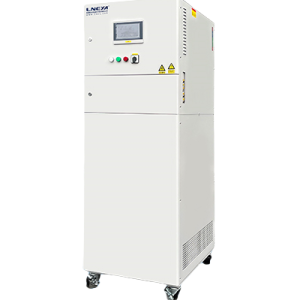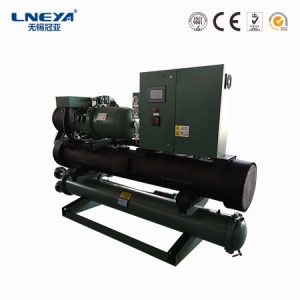Pour quelles réactions les réacteurs à microcanaux sont-ils adaptés ?

In recent years, micro-chemical technology has developed rapidly, and micro-channel reactors have attracted more and more attention. Microchannel reactors are manufactured with the help of special micromachining technology. They have the advantages of high mass transfer efficiency, good heat transfer efficiency, precise automatic control, small reaction volume and small amplification effect.
In the production process using p-cresol as raw material, a certain concentration of dilute nitric acid is generally added to the traditional kettle type reaction kettle, and the temperature of the reaction kettle is controlled at a low temperature, and then p-cresol is added dropwise at a certain speed. The temperature gradually increased, and the reaction was complete in about 2-3 hours. In the traditional reaction kettle, the reaction time is long, and as the reaction proceeds, the temperature is prone to side reactions, which reduces the yield of the product and makes subsequent separation and purification operations difficult.
In terms of structural characteristics, the current microchannel reactor can be used for the following types of reactions: widely used in various high-risk chemical reactor processes, used in liquid-liquid, gas-liquid, solid-liquid, and solid-liquid oxidation in the reaction. Reaction, nitration reaction, diazotization reaction, precipitation extraction application, phosgenation reaction, sulfonation reaction, ammoniation reaction, chlorination reaction, etc. Solve most of the difficulties and pain points of chemical reactors, metal material microchannel reactor, material selection: 316L stainless steel, 904 stainless steel, Hc, titanium, zirconium and tantalum materials, and design microchannel reactions with different structures for different reaction types device. The channel size of the microchannel reactor itself is very small, and it is easy to be blocked. Most of the reactors containing heterogeneous catalysts are not suitable for the use of microchannel reactors. In addition, the reaction system that is easy to generate larger particles is not suitable for the use of microchannel reactors. Corrosion issues cannot be ignored.
The reaction speed of the microchannel reactor itself is fast, but the reaction is violent, strong exothermic, and the product is easily destroyed. , significantly improve the heat exchange efficiency, improve the selectivity of the reaction, reduce the occurrence of side reactions caused by the problem of reaction temperature, and improve the yield of the product.
Recommandations connexes
-
Maintenance of the Condenser in Low Temperature Chillers
942In recent years, with the improvement of China's industrial production level, many professional industrial machinery and equipment provide greater help for different industrial production. As a very practical industrial refrigeration equipment, l...
Voir les détails -
Comment choisir un refroidisseur d'eau déionisée de laboratoire ?
1177L'eau pure fait généralement référence à l'eau qui a été traitée pour éliminer les impuretés, les ions, les matières organiques, etc. Les exemples les plus courants sont l'eau distillée, l'eau obtenue par osmose inverse et l'eau déionisée. L'eau déionisée a une faible conductivité en raison de son...
Voir les détails -
Description du système de contrôle de la température de chauffage et de refroidissement SUNDI de qualité industrielle
1319Le système de contrôle de la température de chauffage et de refroidissement de qualité industrielle de la série SUNDI est un dispositif développé et fabriqué par LNEYA en utilisant ses propres avantages dans le domaine du refroidissement, du chauffage et du contrôle de la température, et propose des services personnalisés...
Voir les détails -
Description du processus du refroidisseur à vis LNEYA
1059Le refroidisseur à vis LNEYA convient à tous les types de processus de production chimique, pharmaceutique, mécanique et autres domaines de la source froide. Il peut fournir de l'eau réfrigérée à une température comprise entre -25 °C et 30 °C. Il peut être utilisé comme entrepôt frigorifique, pour la fourniture d'air à basse température et pour d'autres...
Voir les détails
 LNEYA Industrial Chillers Fabricant Fournisseur
LNEYA Industrial Chillers Fabricant Fournisseur













